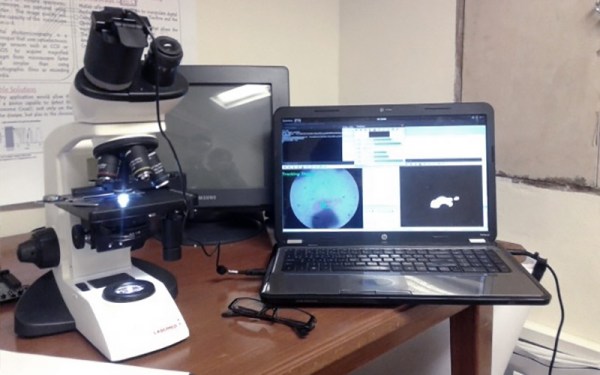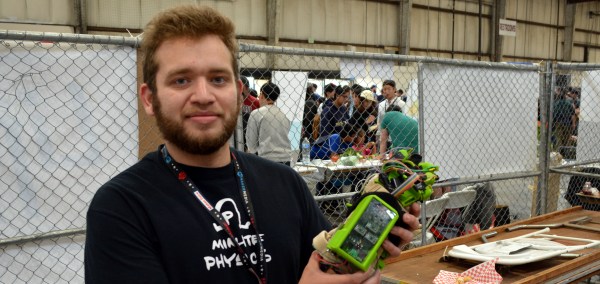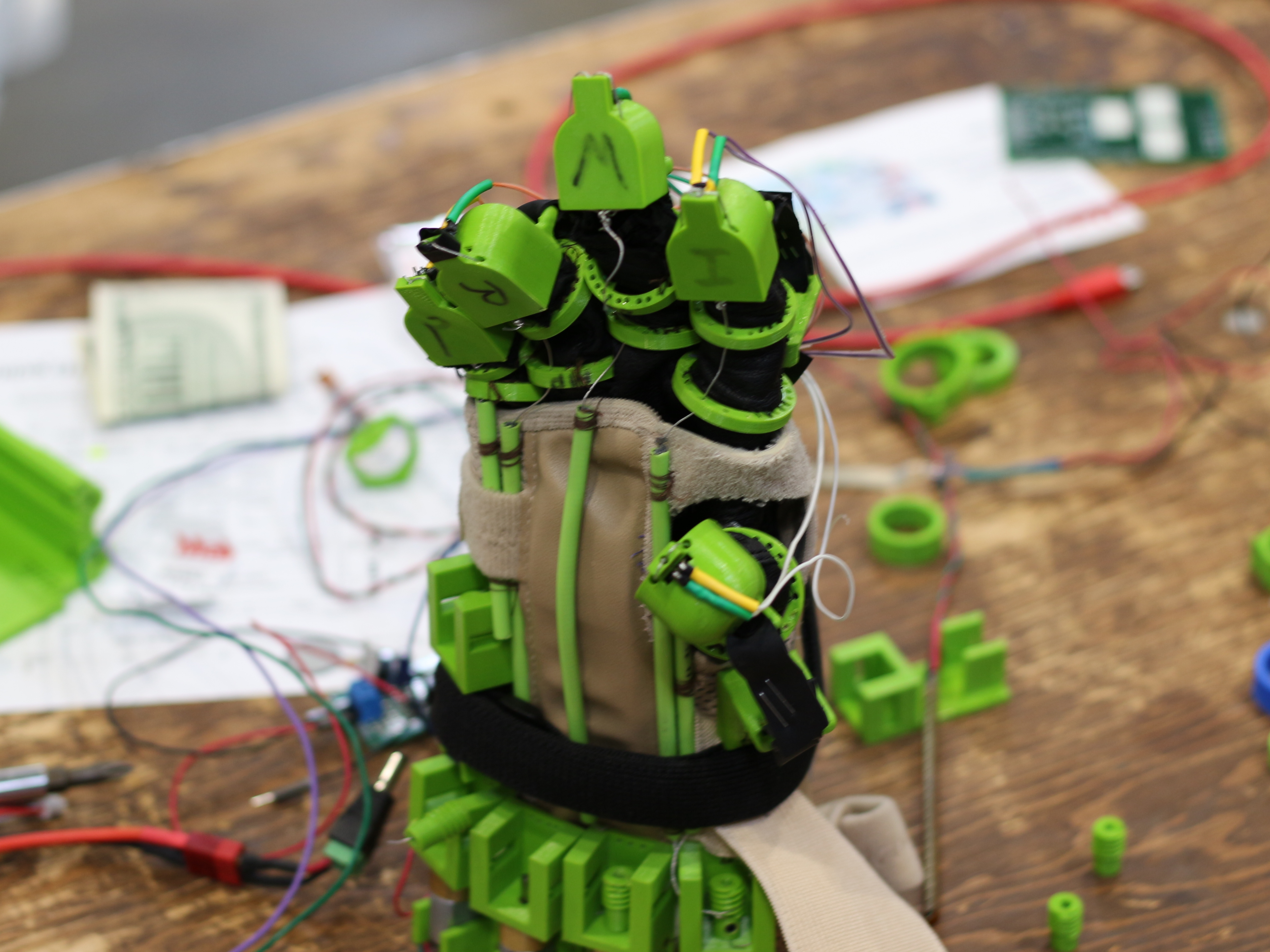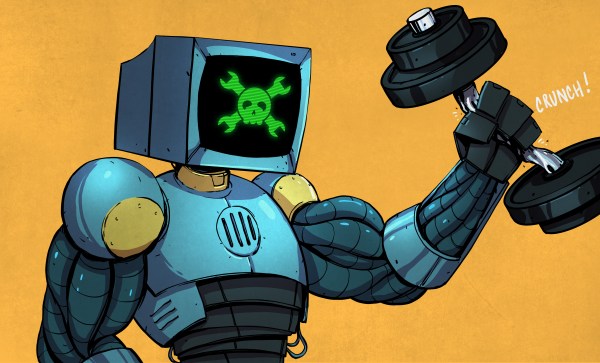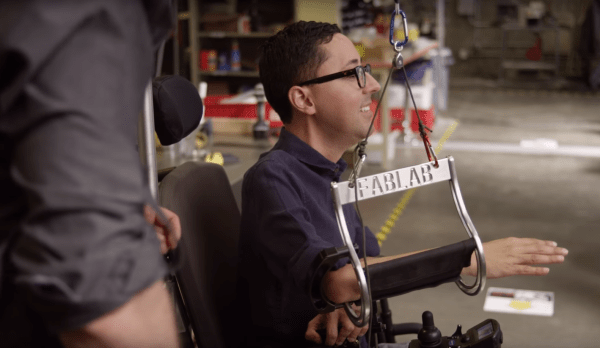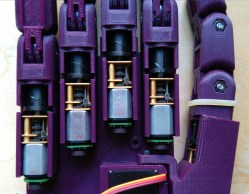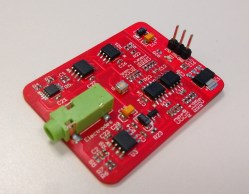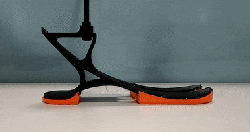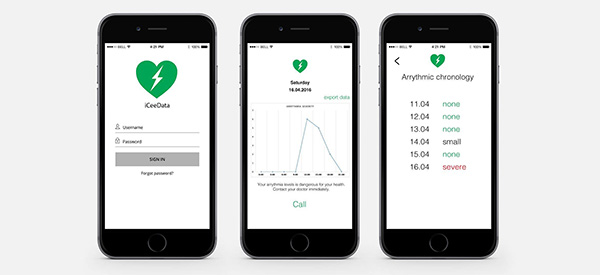Ziehl-Neelsen Sputum Smear Microscopy (ZN) is one of most common methods for diagnosing Tuberculosis. On the equipment side, it requires not much more than an optical microscope, although it still needs a trained professional to look through the glass, identify and count the number of bacteria in a sample. To provide reliable and effective Tuberculosis diagnostic to regions, where both equipment and trained personnel is in short supply, [Rodrigo Loza] and [khalilnallar] are developing an automated digital microscope based on computer vision and machine learning, their entry for the Hackaday Prize.
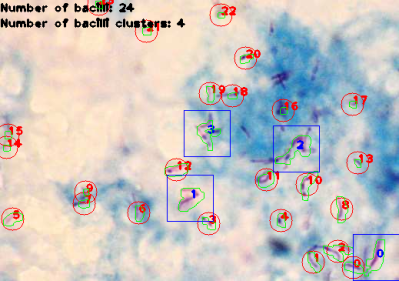 They started out gathering images of Tuberculosis bacteria from the internet and experimented with color threshold algorithms to detect dyed bacteria, as well as algorithms for counting individual and clusters of bacteria. This process alone can, according to the team, take a trained professional 30 minutes or more. A graphical interface highlights identified bacteria and reads the bacteria count.
They started out gathering images of Tuberculosis bacteria from the internet and experimented with color threshold algorithms to detect dyed bacteria, as well as algorithms for counting individual and clusters of bacteria. This process alone can, according to the team, take a trained professional 30 minutes or more. A graphical interface highlights identified bacteria and reads the bacteria count.
[Rodrigo Loza] and [khalilnallar] are testing their device at the Dr. Roberto Galindo Teran hospital in Cobija, Bolivia. However, getting access to a lab environment is one thing, and being given access to a steady supply of fresh M. Tuberculosis samples is another. Unable to obtain samples, which they need to test their algorithms on live subjects, they turned to another front of their project: The hardware. In several iterations, they developed a low-cost, 3D-printable kit, which transforms a laboratory-grade optical microscope into an embedded CNC-controlled microscopy platform. Their kit comprises three stepper-motor-based axis for the X, Y and Z direction, as well as a webcam mount. An Intel Edison and a custom, Arduino compatible shield control the system to achieve features such as homing procedures, autofocus and bacteria detection.
The team is currently in the process of refining their bacteria detection pipeline, exploring the feasibility of semi-automated detection methods, machine learning and neural networks for classification of bacteria within the hardware constraints. The video below shows their latest update on the Z-axis of their microscope.
Continue reading “Hackaday Prize Entry: Automatic Digital Microscope”

